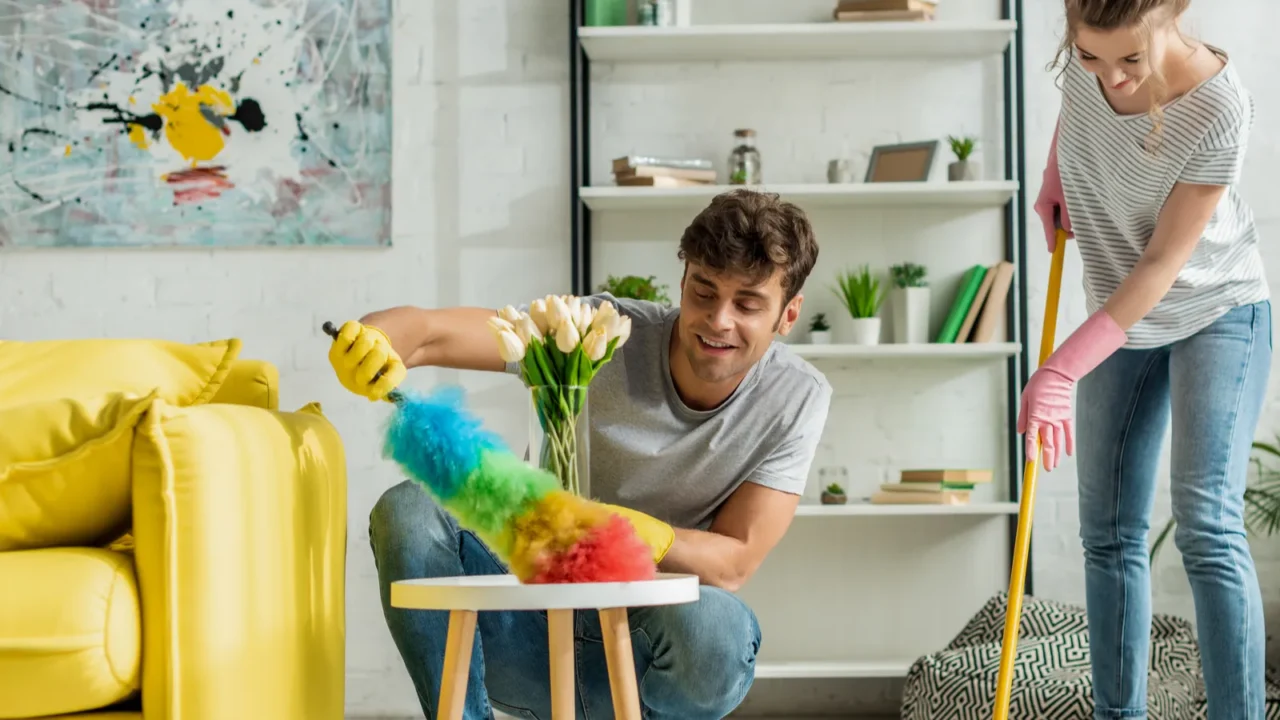
A Dust-Free Home Starts Here
Are you an expert at keeping dust at bay, or have you been doing it all wrong? A dusty home is unsightly, of course. But there is more to it. it can trigger allergies, irritate your sinuses, and make your space feel less inviting.
Instead of endlessly dusting surfaces, why not tackle the root of the problem? With a few practical habits and smart tips, you can significantly reduce the dust in your home and make cleaning a breeze.
Swipe to discover 17 habits that will help you achieve a dust-free home.
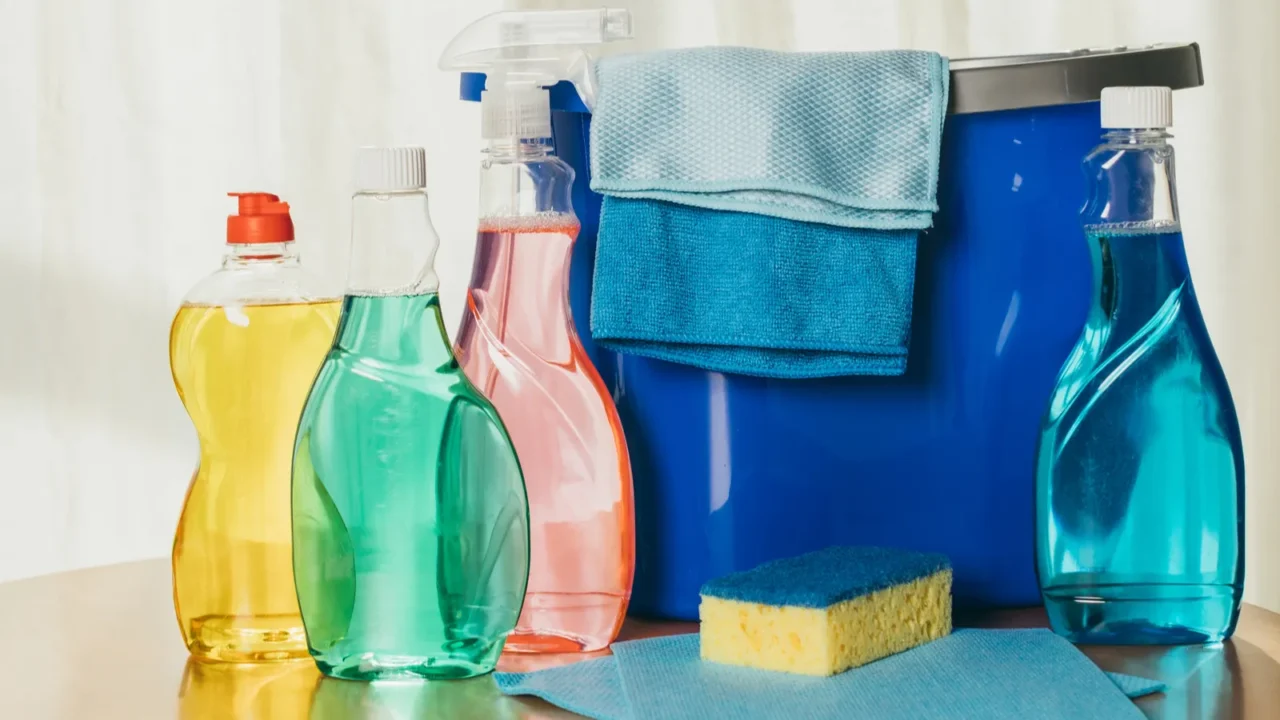
Stock Up on the Right Tools
Invest in a solid set of dusting tools. A microfiber cloth is best as it picks up and traps dust without leaving residue. An old towel definitely works if you don’t have a microfiber cloth.
Moreover, telescoping dusters work great for high or hard-to-reach areas. Or, better yet, invest in a vacuum with specialized attachments that work wonders for vents, upholstery, and even mattresses.
For intricate spaces like carved furniture or electronics, a paintbrush or canned air is a game-changer.
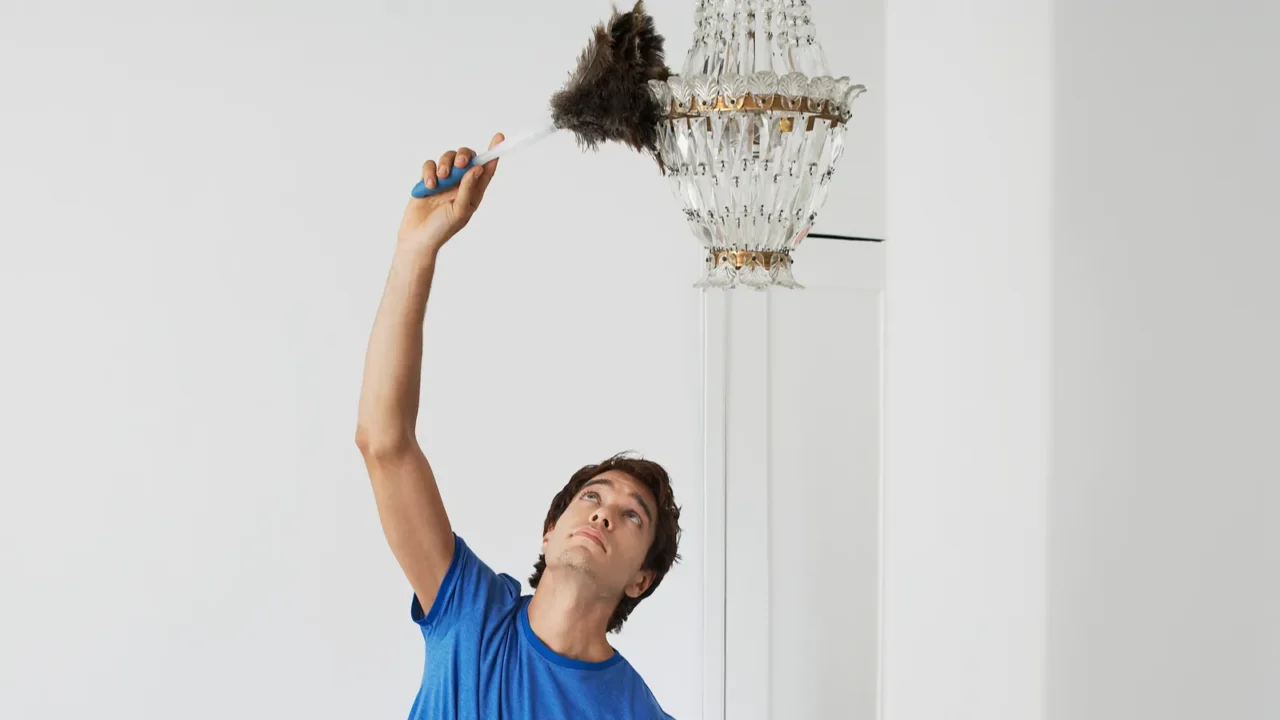
Dust from the Top Down
Dust particles inevitably fall as you clean, so starting from the floor is not the smartest move. Go with sequence and that’s is top to bottom.
Work your way down systematically from upper shelves to light fixtures and finally floor. For best results, use a microfiber cloth or telescoping duster, as they trap particles instead of spreading them around.
After you finish dusting, clean the floors below by sweeping, vacuuming, or mopping to capture what’s landed. A simple trick, but it saves so much time and effort.
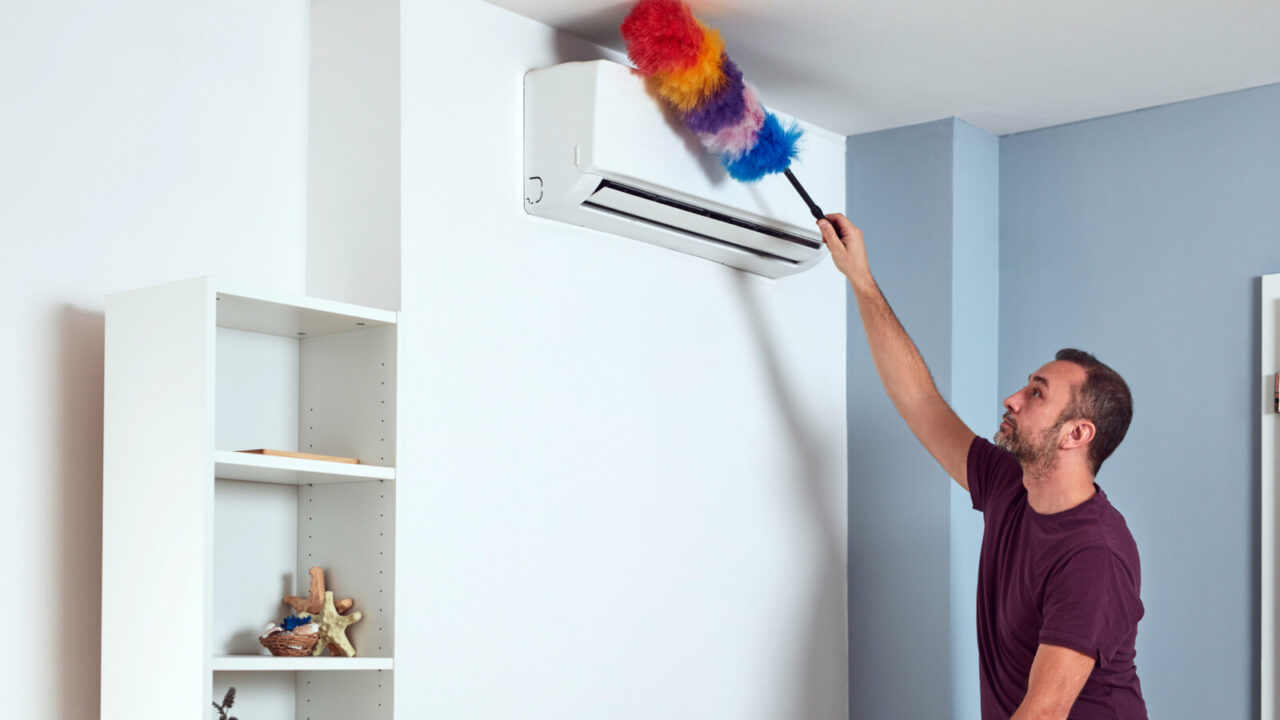
Know Your Dust Magnets
Certain household items act like magnets for dust, (thanks to static electricity or sheer placement). Electronics such as TVs or AC are notorious offenders so wipe them down with a microfiber cloth or even a coffee filter for a streak-free finish.
Don’t forget those sneaky spots like baseboards and door frames, which tend to collect a surprising amount of grime.
Flat surfaces like bookshelves and knickknack displays are dust traps too, so consider using a feather duster for quick clean-ups or removing items occasionally for a deeper clean.
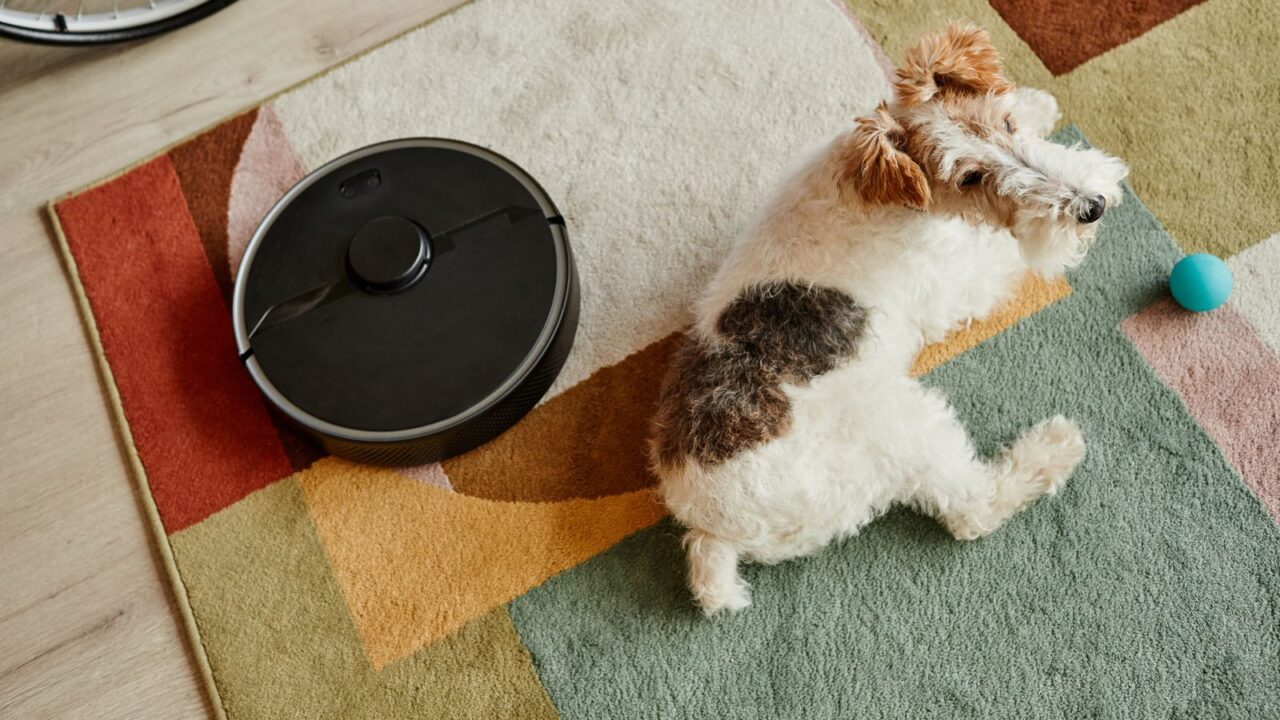
High-Efficiency Robot Vacuum
Robot vacuum keeps the home less dusty. Hands down they are worth every penny. If you don’t have a robot vacuum a regular one can do the job. A vacuum with a bag is better than a canister vacuum for keeping dust at bay.
If you are about to buy a new one, choose one with a high-efficiency particulate air (HEPA) filter, which captures 99% of dust, pollen, and other tiny particles.
If you sweep your floors instead of vacuuming, wash your brushes frequently to prevent redistributing dust.
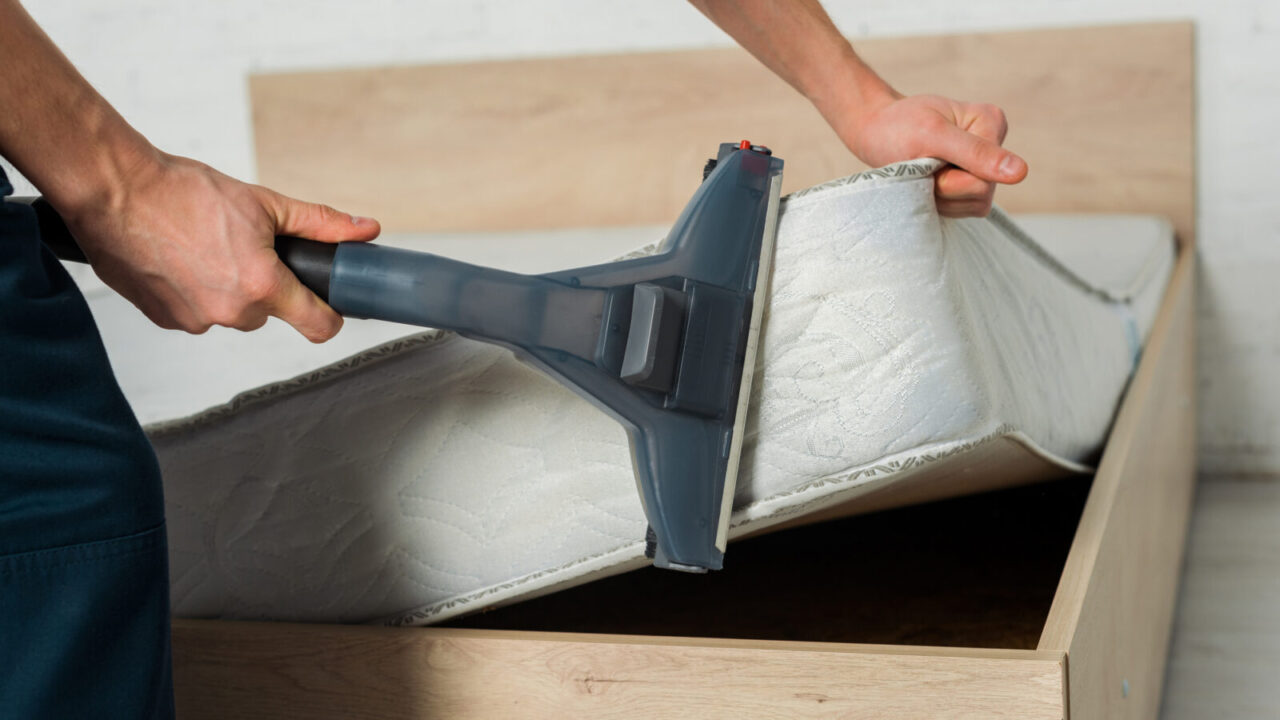
Change Your Bedding and Vacuume the Mattress
Your bed is a hotspot for dust and allergens, or better way to say a hub of skin particles, sweat, and dust mites. And if you’re allergic to them, this can be problematic and create asthmatic issues.
Changing your bedding weekly (especially pillows) is an essential habit to keep your home dust-free.
Sprinkle some baking soda over your mattress and vacuum to remove the dust and oodly smell. Rotating your mattress occasionally reduces trapped particles, too.
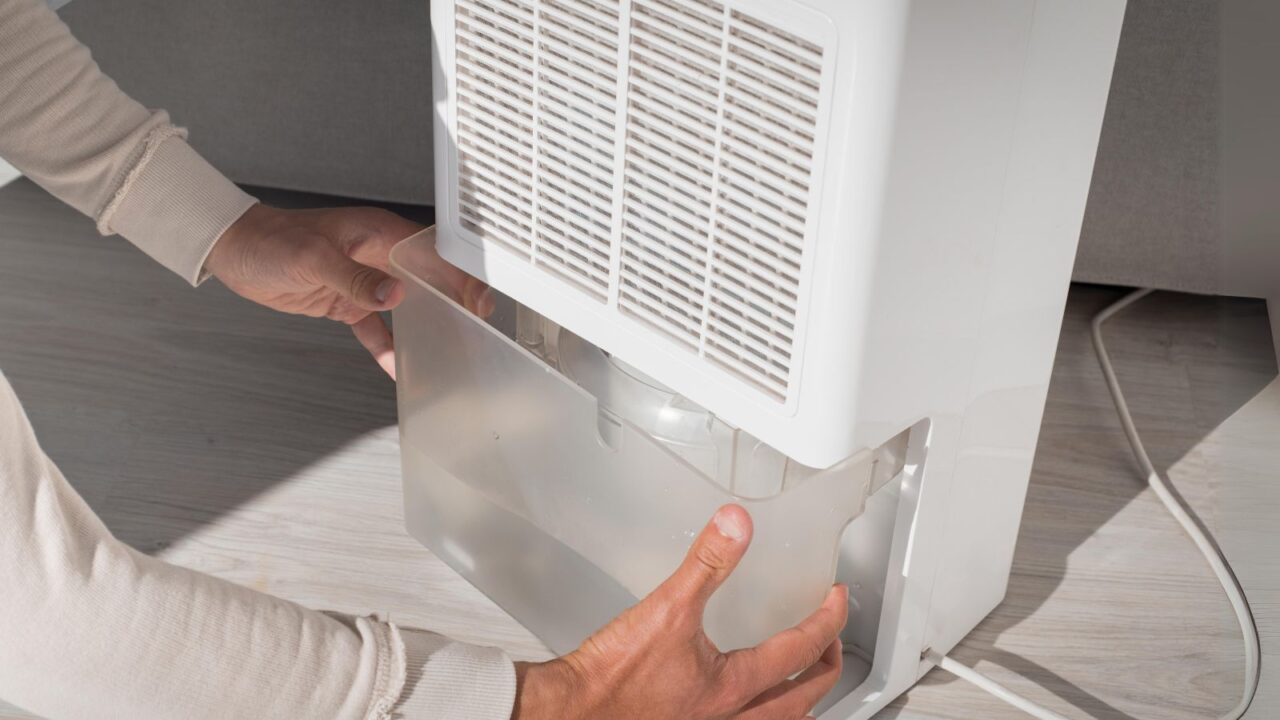
Use a Dehumidifier
Having a dehumidifier in home is super important, and 100% needed if you live in a humid area. High humidity levels increase dust mites and mold and make your home a haven for allergens.
A dehumidifier can help maintain an optimal indoor humidity level of 30–50%, keeping dust mites and other allergens in control. Place it in areas prone to dampness, such as basements, bathrooms, or bedrooms.
Regularly empty the water tank and clean the filters to ensure maximum efficiency.
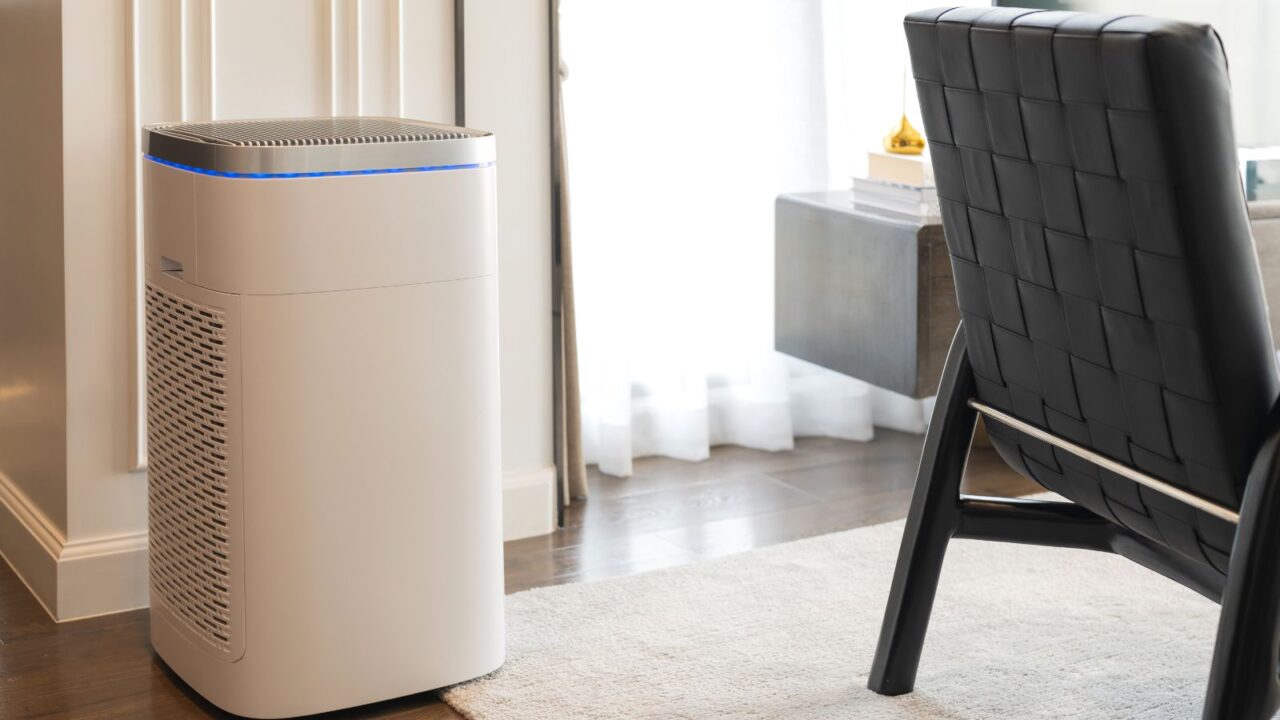
The Importance of an Air Purifier
While dehumidifiers help reduce moisture levels that can lead to mold and dust mites, air purifiers tackle airborne particles directly. An air purifier with a high-efficiency HEPA filter captures fine dust, pollen, pet dander, and other allergens that dehumidifiers can’t address.
Think of it as the final step in creating clean, breathable air. Place one in high-traffic areas or bedrooms and run it continuously for maximum impact.
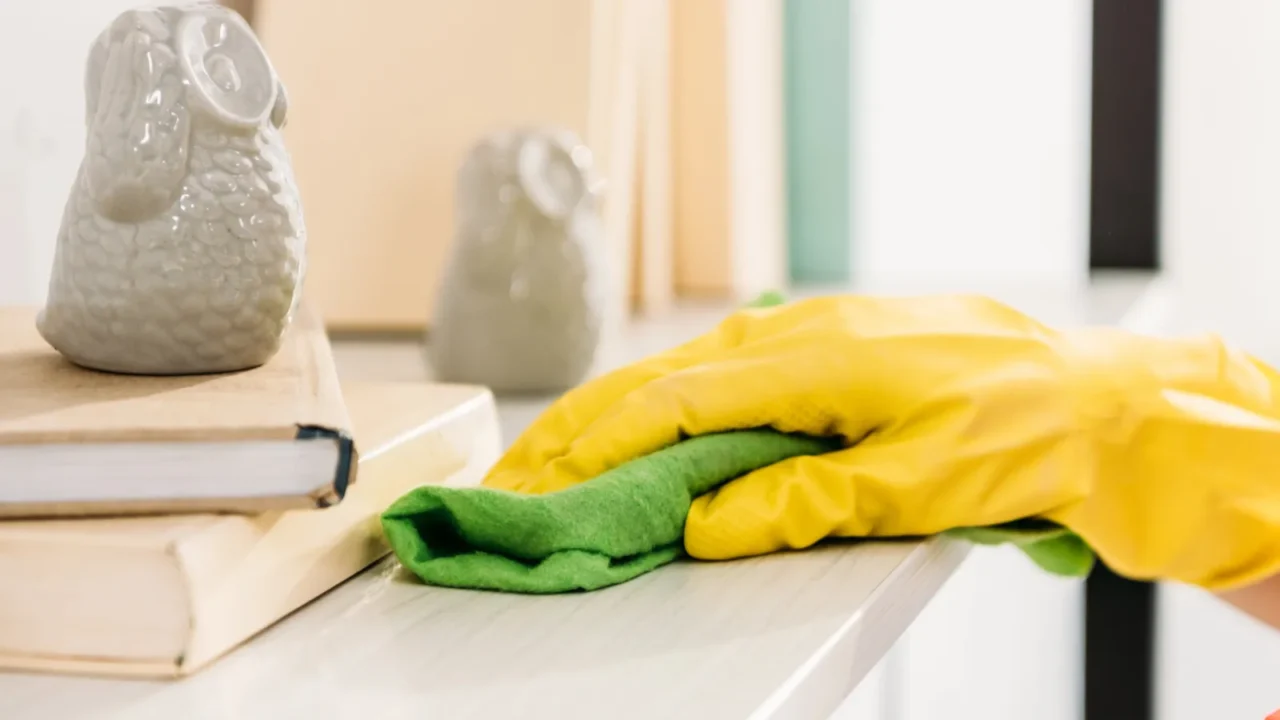
Declutter Your Space
All your cute little knickknacks and decor pieces are magnets for dust and can make cleaning a challenge.
Adopt a minimalist mindset. Choose a few easy-to-clean pieces to make your home feel airier and reduce the chance of accumulating dust. Keep surfaces clear and limit decorative items.
For items you love but rarely use, consider storing them in sealed containers to prevent dust buildup. A clutter-free home isn’t just visually appealing, it’s easier to keep clean and healthier to live in.
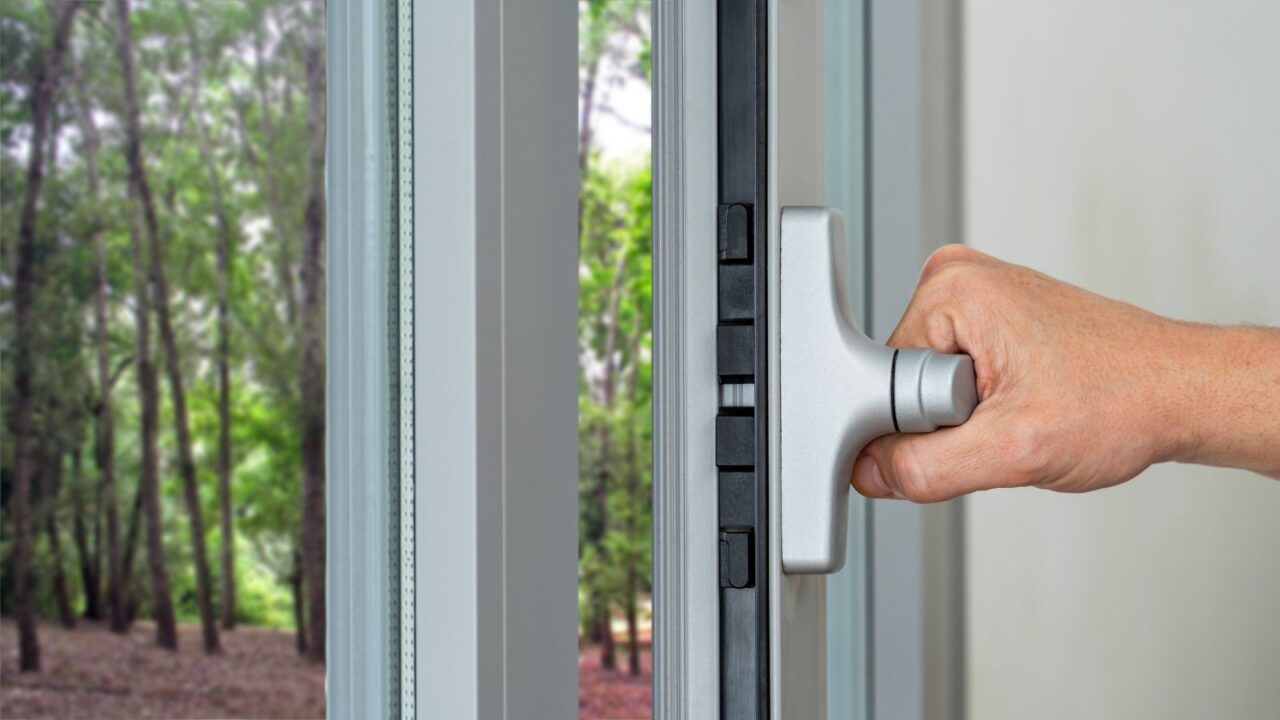
Keep Windows Shut (or Open the Top Pane)
Keep your windows shut, literally. Especially during windy days or peak allergy seasons. Open windows invite a constant stream of outdoor dust, pollen, and allergens.
If you have to open or need fresh air, open only the top pane of your window. This way you can allow ventilation while limiting the entry of dust and debris.
Regularly clean window frames and sills to remove any dust that settles there.
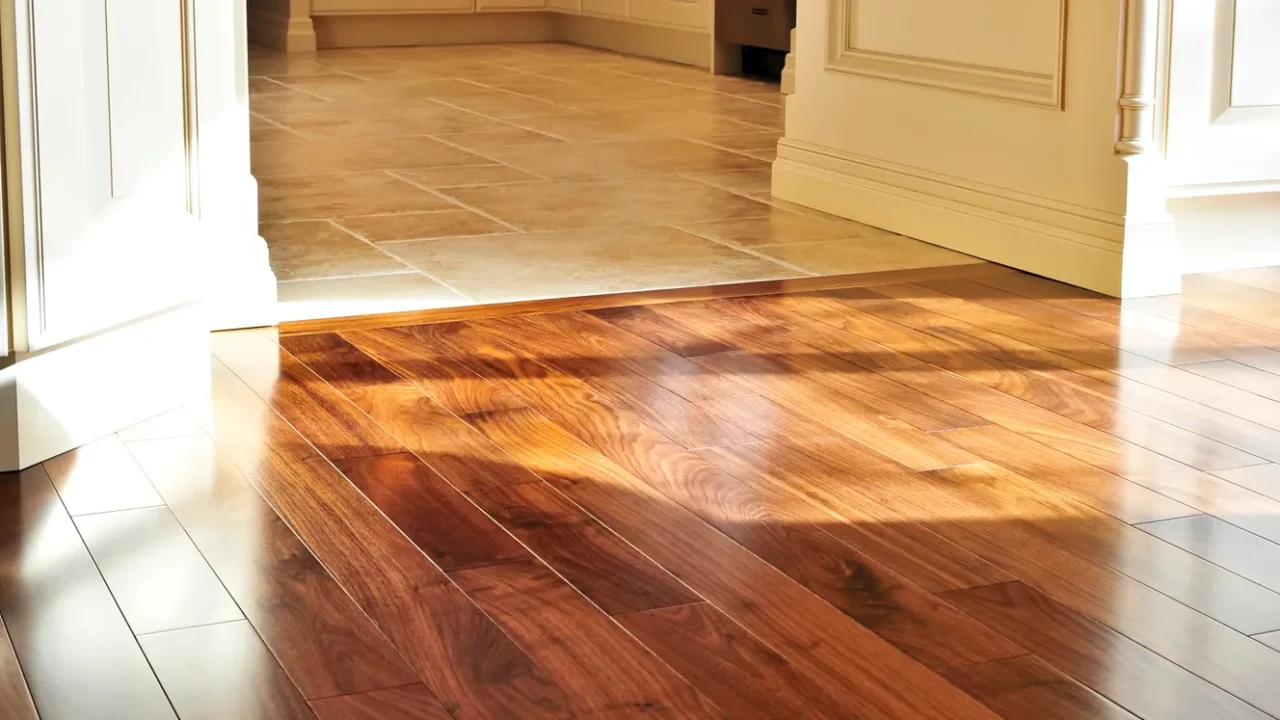
Minimize Soft Surfaces
After cutting clutter, get rid of soft surfaces, like carpets, curtains, and fabric sofas as they are notorious for trapping dust and allergens.
Consider swapping wall-to-wall carpeting for hard flooring like wood, tile, or laminate, which are easier to clean. Choose leather or vinyl furniture, which doesn’t trap dust like fabric upholstery.
If curtains are a must, opt for washable ones or install blinds that are easy to dust.
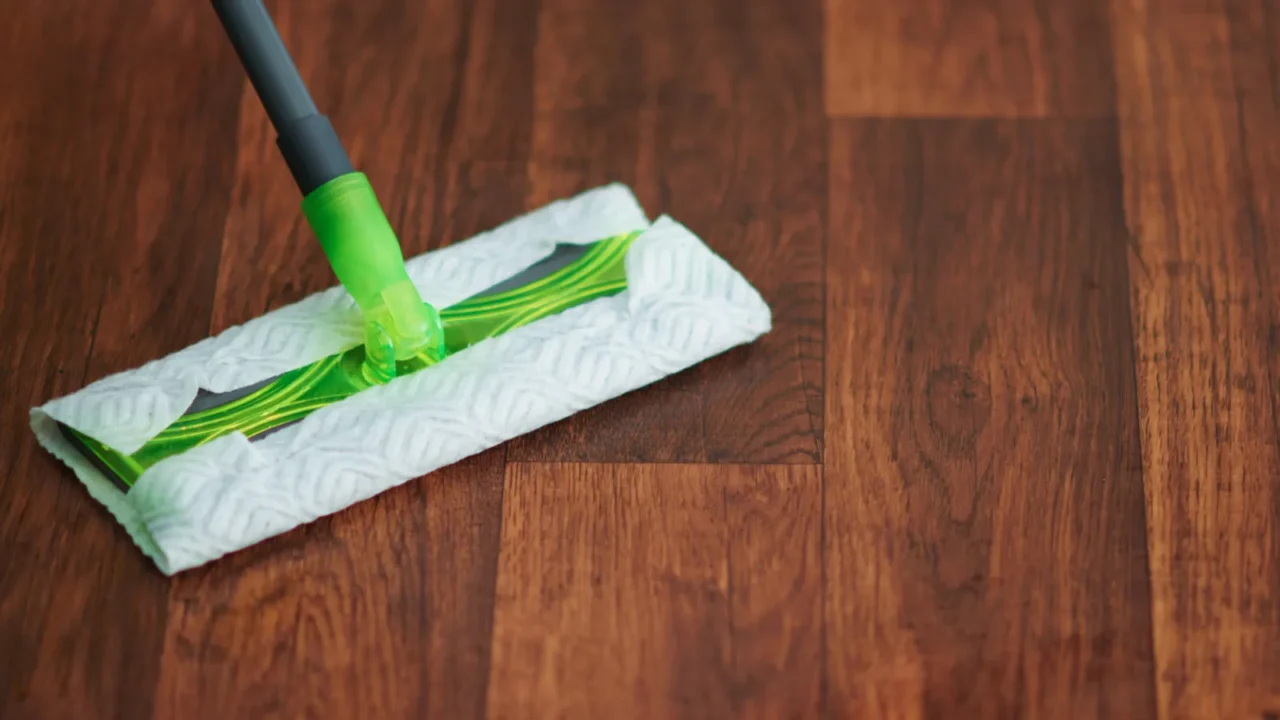
Don’t Skip Mopping
Vacuuming and sweeping are great, but they’re not enough to fully eliminate dust. Mopping your floors adds an extra layer of cleanliness, capturing fine particles that vacuuming or sweeping can miss.
Use a damp microfiber mop for the best results, as it traps dust rather than pushing it around. For hard floors, a mild cleaning solution keeps surfaces shiny and fresh.
Make mopping a regular habit to maintain a dust-free environment and give your floors a spotless finish.
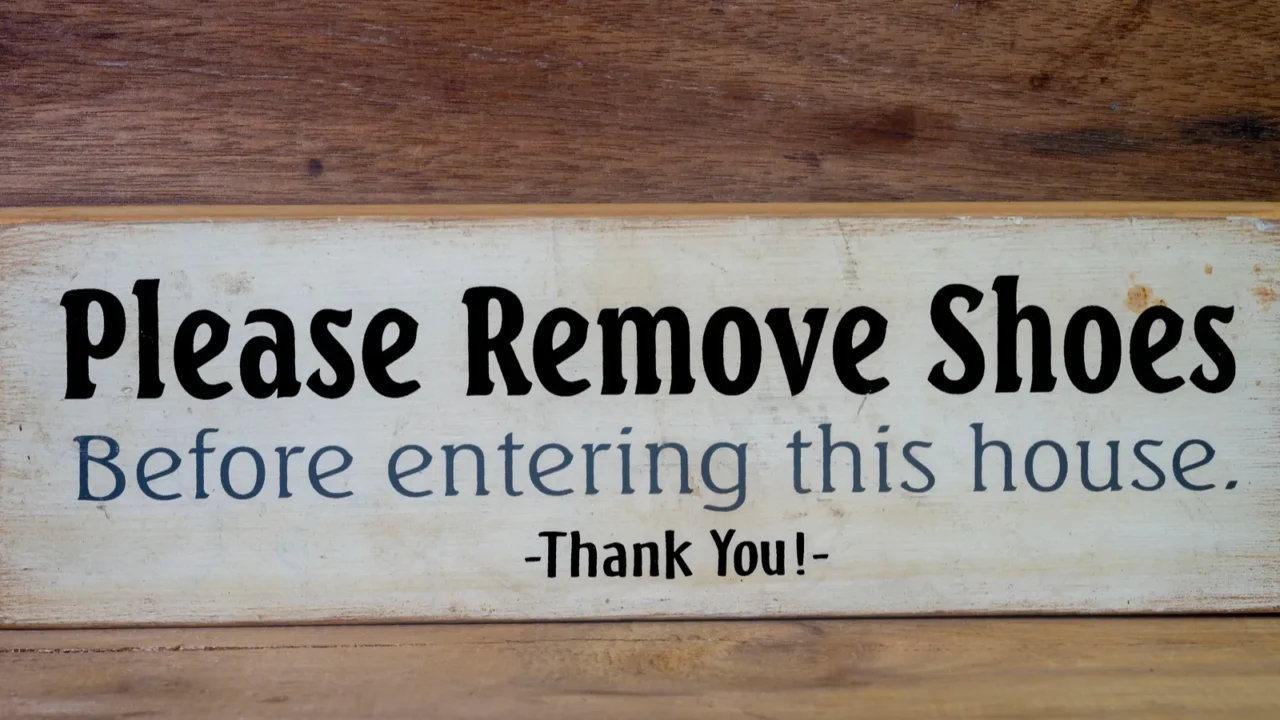
Entryway Essentials – Mats and a No-Shoe Rule
Your entryway is your home’s first line of defense against dust, dirt, and debris. Put a durable coir mat outside your front door. Inside, lay down a washable fabric mat to catch any lingering particles.
Next, implement a no-shoes rule at the door. Even clean-looking shoes can track in dust, allergens, and grime from outside.
Set up a designated shoe rack or bench near the entryway to encourage guests and family members to remove footwear right away.
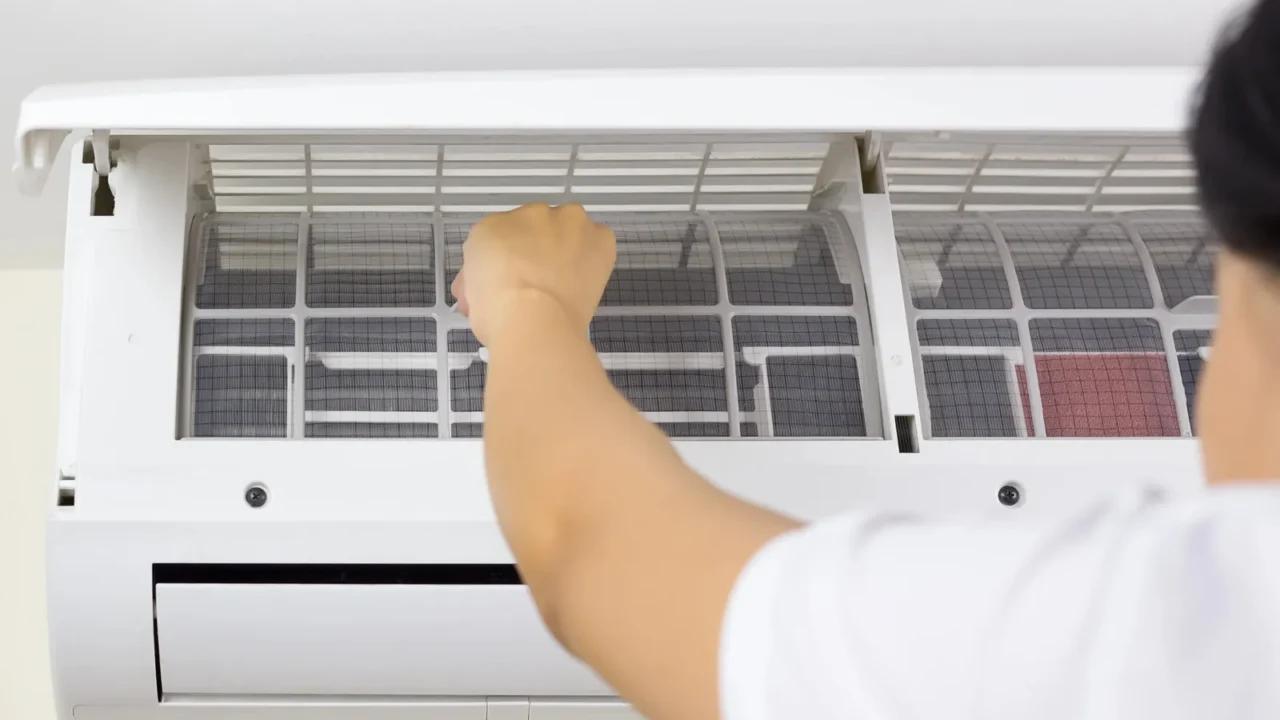
Upgrade Your Air Filters and Purifiers
One of the simplest yet most impactful habits for a dust-free home is regularly changing your air filters. Swap them out every three months, without fail.
For maximum efficiency, opt for a MERV13 or higher filter for your AC or furnace. Keep the fan running continuously (on the “fan” setting, not heating or cooling) to maintain constant airflow and filtration.
To take it a step further, consider using Corsi-Rosenthal boxes or air purifiers. These DIY or store-bought purifiers are budget-friendly and excellent for capturing airborne dust.

Keep Cobwebs in Check
Cobwebs don’t just signal neglect they’re dust magnets too. Investing in a good cobweb duster with an extendable handle can make removing these sneaky dust traps quick and easy.
Swiping your ceilings, corners, and hard-to-reach areas once a week prevents cobwebs from forming and keeps dust from settling.
For best results, start high and work your way down, just like with regular dusting. Pay close attention to hidden spots like crown moldings where cobwebs tend to gather.
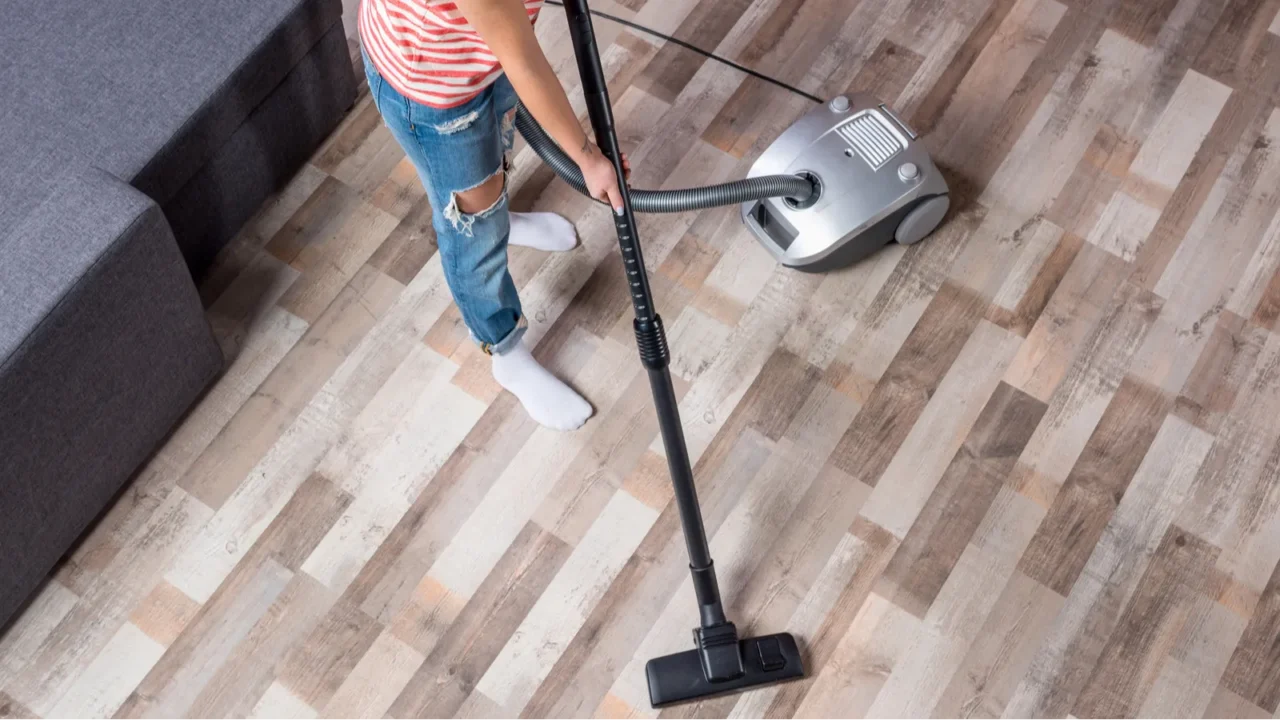
Prevent Dust from Accumulating
The best way to fight dust? Stop it in its tracks. Vacuum daily, even from under your bed and other furniture. All the expert tips mentioned in this slideshow will eventually help you achieve spotless hope.
However, if you’re dealing with a lot of dust despite your best efforts, it might be time to call in an expert to inspect those seals and filters. Prevention is the real game-changer.
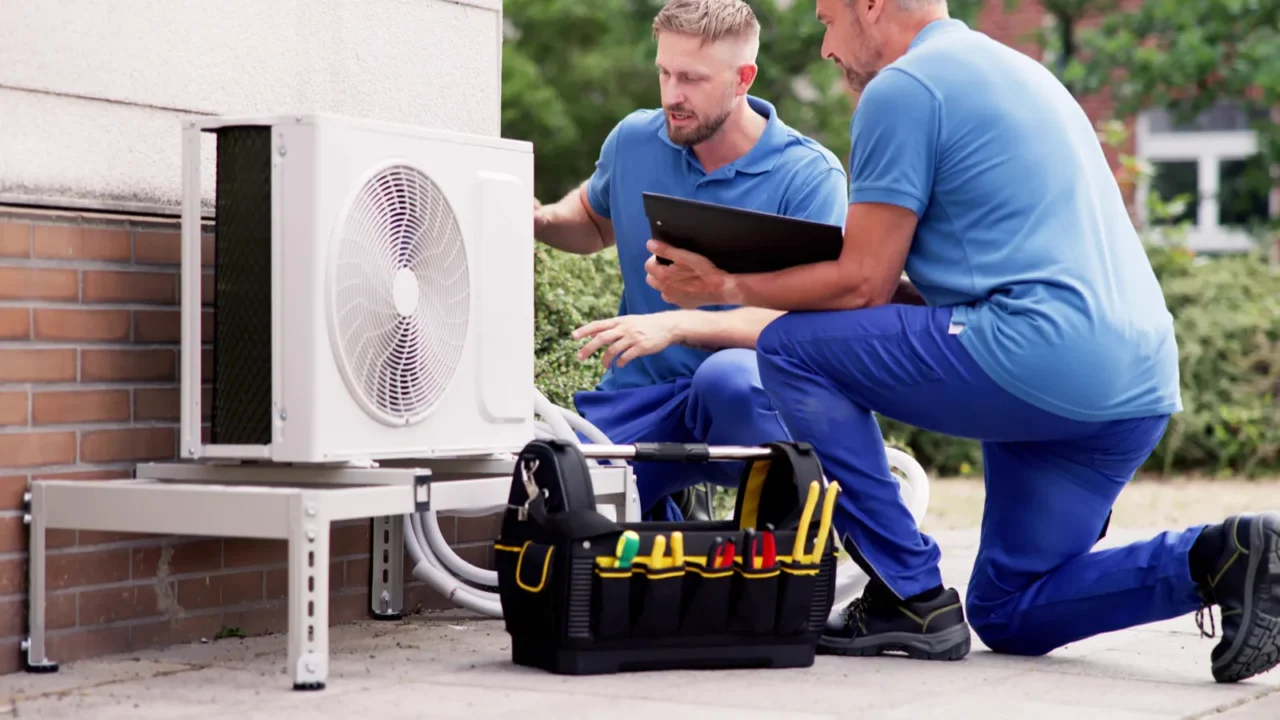
Keep Vents Clean
HVAC vents, bathroom exhaust fans, and dryer vents often collect dust and debris, which can blow dust back into your home. Regularly vacuum or wipe down your vents to prevent buildup.
Bathroom vents can be cleaned with a soft brush or vacuum attachment, while dryer vents may require professional cleaning once a year to prevent fires. Looking for more tips to keep your appliances dust-free? Check out “Deep Clean Your Appliances (New Year, New Tips).”
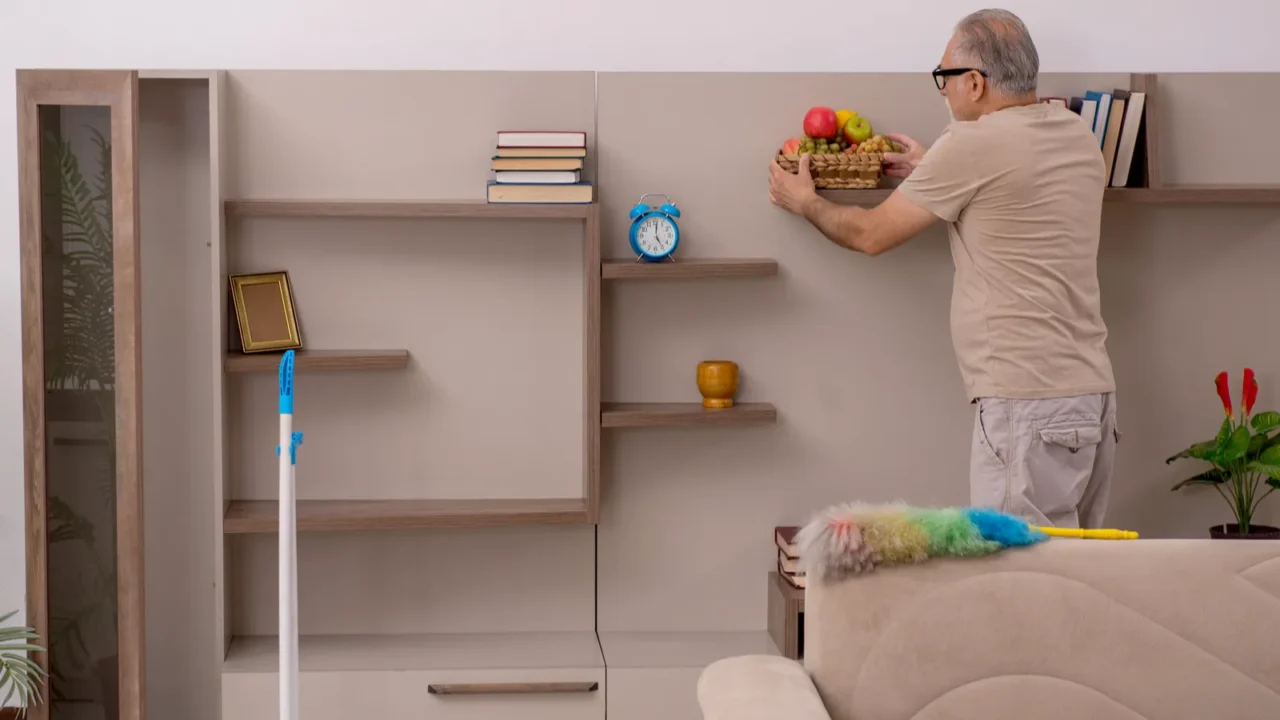
Try Creative Dusting Hacks
Some areas and items require out-of-the-box dusting solutions.
For ceiling fans, slide an old pillowcase over each blade and gently wipe. This way the dust will stay contained inside the pillowcase instead of raining down on your furniture.
Dusting tricky spots like cabinet tops? Line them with newspaper or contact paper, so you only need to swap out the liner instead of scrubbing.
Dryer sheets are another secret weapon. Their anti-static properties can even help repel the dust in the future.
Follow the simple habits mentioned in this slideshow and avoid “Cleaning Mistakes That Are Making Homes Dirtier“ for a spotless, clean, and dust-free home.
Read Next: